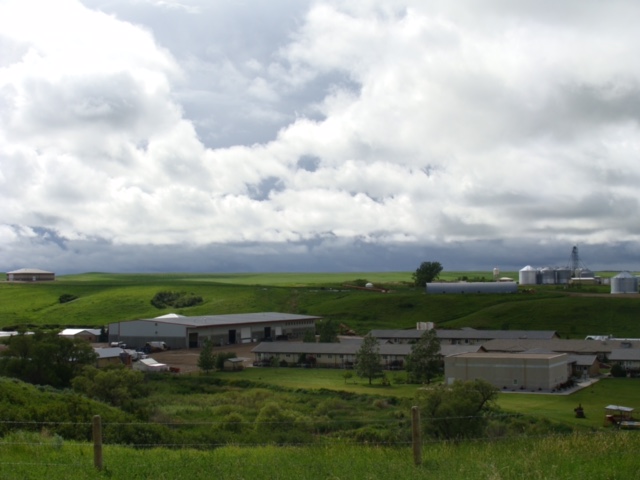Three trends to watch that benefit 
swine operations
The big value of feed technology is getting “more out of every bite” from livestock diets.
Today with advances in science there are more options and different types of benefits than ever before. The best feed technology is like a jack knife – there’s a lot it can do.
Insurance policy for feed quality. Take feed quality for example. Threats from grain diseases and other potential sources of contaminants present a real concern for swine feed. A bio-based feed supplement designed to protect feed quality can offer a unique tool that supports safe, high-quality feed as well as animal performance benefits.
Operations just add it to diets and get peace of mind the diet is safe and contaminant free. NutraMix is the name of one product that has been the first out-of-the-gate and has seen lots of growing demand in Western Canada, particularly around harvest and post-harvest when feed quality is on everyone’s mind.
Multi-carbohydrase enzymes: Do more, get more. Enzymes are another case in point. Traditionally, a lot of product formulations have focused on using just one or two different types of enyzmes. Now there is major breakthrough toward “multi-carbohydrase technology” enzyme formulations. Multi-carbohydrase utilizes multiple unique enzyme strains that express multiple activities, as opposed to blending single-source enzymes together. Good swine products such as Biogal-S and Superzyme are examples.
All feed has not just one or two, but often several different components that can’t be digested or are hard to digest. Multi-carbohydrase has different enzyme activities that target all of these for a “total breakdown.” This adds value to feed, reduces potential waste and presents a new way to gain a competitive advantage and enhanced profitability, says Dr. Bodgan Slominski of the University of Manitoba. Slominski heads a long-standing research program that investigates the potential of novel feed ingredients and he has been a leader in investigating what multi-carbohydrase can do.
“Multi-carbohydrase technology represents the leading-edge of our science-based knowledge on the most effective use of feed enzymes,” says Slominski. “It leverages what we have learned from many years of research to offer a much more comprehensive and sophisticated option than traditional approaches.”
Bio-based fits what the customers want. More good news about both these technologies is they are considered “bio-based”. They offer a tool that fits what consumers and the big food industry brands – from Walmart to McDonalds and many others – are asking for. As the push comes to reduce the use of antibiotics, these tools have even more value to help operations replace some performance benefits.
Spring Creek Colony near Walsh, Alberta, is one of the operations that has embraced these new approaches. “We’re not producing pigs or cows or chickens, we’re producing meat and we need to provide the meat that the consumer wants,” says Paul Hofer, swine manager at Spring Creek Colony.
“The closer we are in our thinking to the supermarket and the dinner plate, the better off we are. Our thinking is to be as much natural and antibiotic free as possible. But this alone is not the reason we’re doing it. We get more nutrition and energy out of the feed and it really makes a difference. With the top options we use, it’s not hard to get $10 to $15 more per pig from that investment.” •
— By Brad Brinkworth,
Meristem Land and Science





